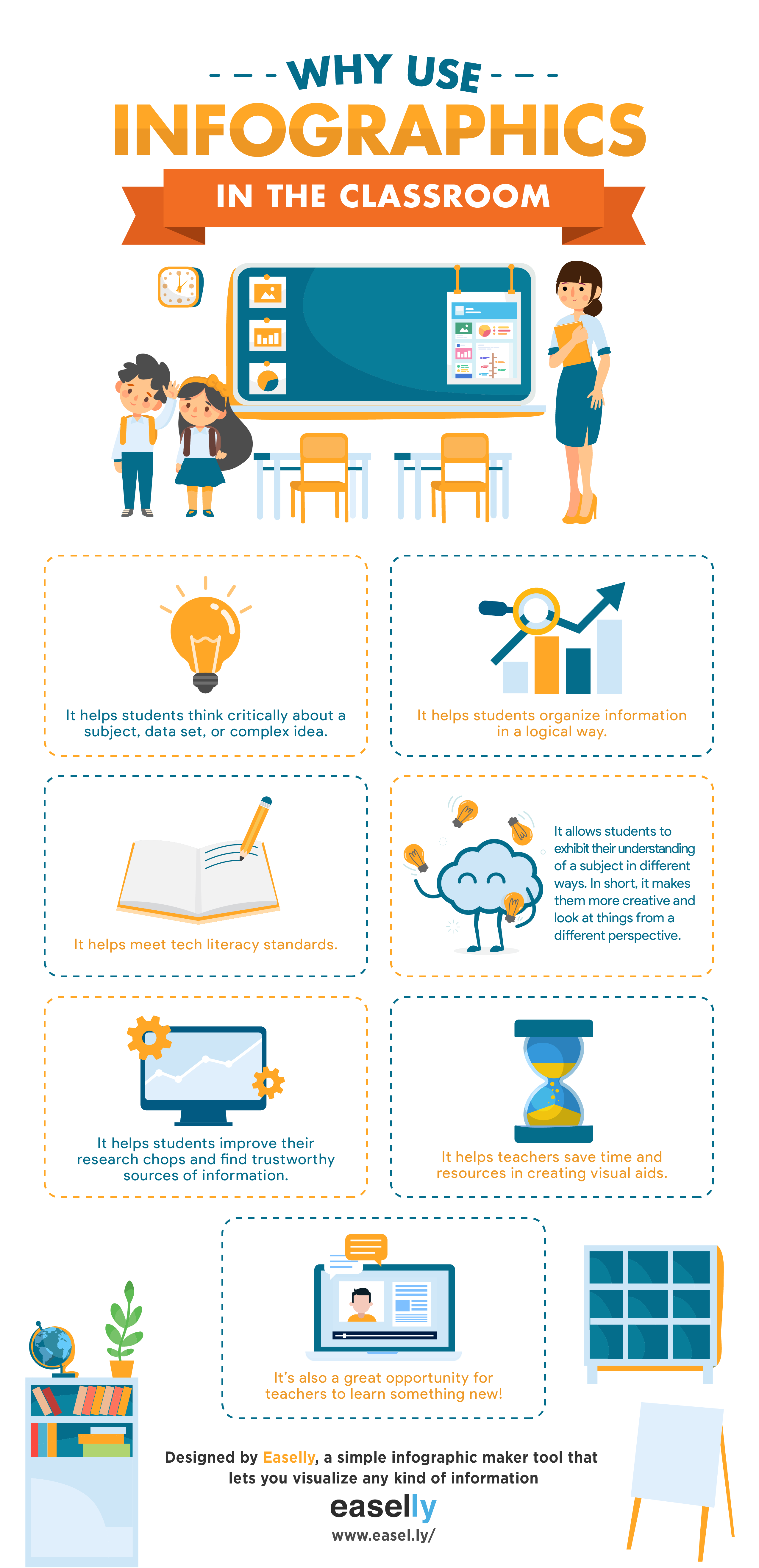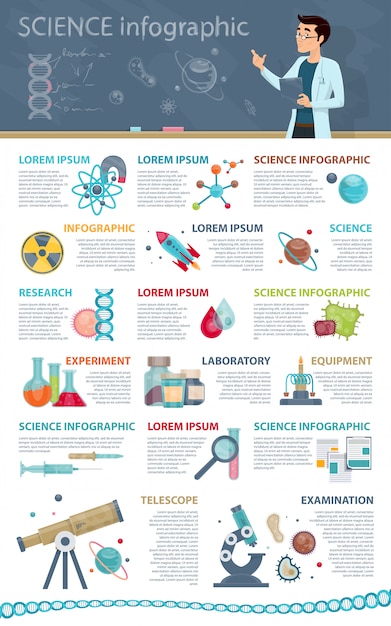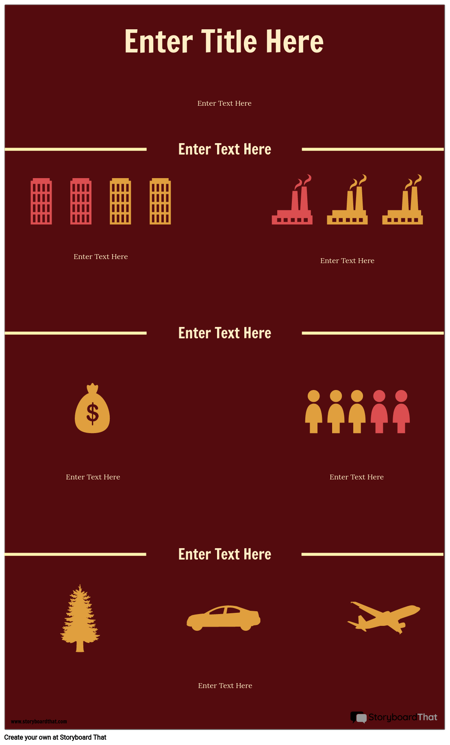

This infographic design should focus on keeping the message clear and concise via a combination of text, charts (tree-bundles, vector illustration, diagrams, pie-charts, etc), and images.Ģ. Use this type of infographic to visualize survey results or represent data from multiple sources. This informational infographic is designed to make dense, intricate data easier to understand. A data-centric infographic emphasizes multiple datasets and important statistics.
Science infographic maker pro#
Pro tip: keep in mind the platforms that you’ll publish your content on when selecting which of these infographic examples will work best for you.ġ. The actual visual elements can vary, but they’ll all help you tell your story in an eye-catching way. If you’re considering designing an infographic, consider any of these design styles. However, there are few common types of infographics.

Infographics vary based on their purpose and the individual designer. Infographics are also used to raise public awareness, discuss the severity of an issue and what should be done to help. Educators think that infographics are a creative way to break down a complex, multifaceted topic while giving students an enhanced learning experience. M arketing strategists use infographics to increase audience engagement and build brand awareness. Scientists represent general statistical information and significant data via infographic design. With so many visual learners, and so much data readily available, there are a ton of ways to use infographics. This is why infographic design is now a popular means to convey detailed information.Ī a powerful tool for disseminating information, infographics are widely used in science and engineering, medical research, visual communication platforms, and online learning to capture attention and aid in comprehension. These people process images about 60,000 times faster than text. Research has estimated that around 65% of people are visual learners. It is a way to visualize a concept or a compelling story via creative juxtapositions, graphs, diagrams, and illustrations.



 0 kommentar(er)
0 kommentar(er)
